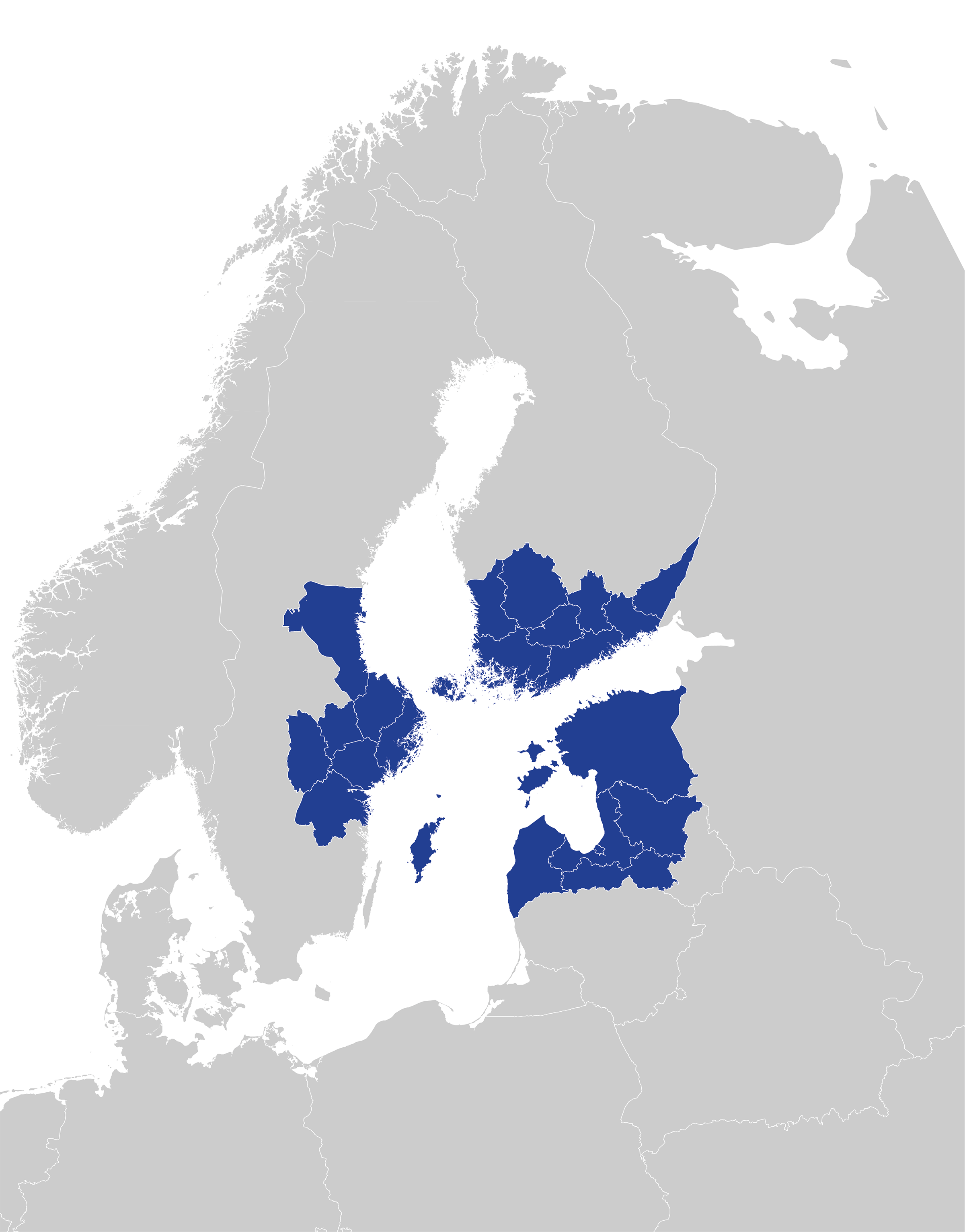This is development site
StoPWa
StoPWa

StoPWa
For each Baltic Sea country, the quality of the Baltic Sea is of fundamental economic, environmental and recreational importance. Contaminated stormwater generated both in coastal areas of the Baltic Sea and the leaching from inland waters produces a risk that should not go unnoticed. However, it is often still overlooked and requires solutions. At the same time, old buildings are demolished in Baltic cities, creating huge amounts of construction and demolition waste (CDW) which is difficult to recycle and often ends up in landfills. However, CDW may be used as stormwater filtering material, with very low cost.
The StoPWa project develops and tests multilayer stormwater filtration systems using CDW. The filters will be made of waste fractions perfectly meeting the criteria ideal for stormwater purification. The filtration system will be expedient, cost-efficient and sustainable. The filters will be tested both in laboratory environments and in field tests where full-scale stormwater filters will be constructed in Lahti (Finland), in Harju County (Estonia) and in Smiltene (Latvia).
The result of the StoPWa project is a tested solution for using CDW in stormwater filters. This type of filter has not been applied before, so the mindset and solution are novel. The new filter will benefit SMEs across borders in creating a business idea and opportunities, as well as cities and municipalities with a new, climate-friendly solution to stormwater treatment.
To be replicable in different cities and environments from local CDW, waste-based filters in their design and implementation require cross-border cooperation between municipalities and researchers in the Baltic Sea region. The project partnership is: City of Lahti, LUT University, University of Helsinki, Tallinn University of Technology, Union of Harju County Municipalities and Smiltene Municipality.
Expected results
About 50% of rainwater in urban areas flows into waterways as stormwater. Based on previous studies in Lahti, the baseline for the emissions for nitrogen is 250 kg/year and for phosphorus about 50 kg. In the gravel-sand stormwater filters used in Lahti, the filtration efficiency is >80% according to tests performed with a lysimeter. One stormwater basin in Lahti loads about 15,200 m3 of stormwater/year. The biofilter is estimated to reduce the outflow of nutrients, toxins and dangerous substances by approx. 80%, i.e. a reduction of 23 kgs in phosphorus emissions and approx. 7000 kgs in nitrogen emissions. The catchment areas of the other basins built in the project are not yet known but are determined when the project starts in WP1. The more precise baseline and target values can be given then. Still, the effect of all filters is of the same magnitude. The stormwater biofilter in Smiltene will clean about 2/3 of all stormwater collected in the town so its effect is very significant.
Duration 01.04.2023 - 31.03.2026
Total budget
Programme priority
Improved environment and resource useProgramme objective
PO4 - Improved coastal and marine environmentLead partner
City of Lahti

Find StoPWa on social media